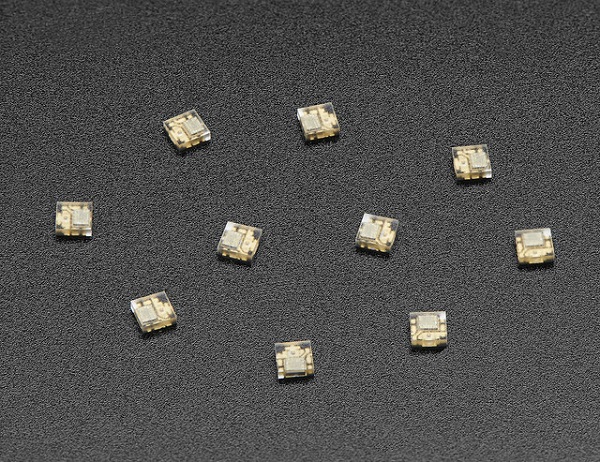 |
|
(Image: Micro LED Adafruit Industries via Flickr CC2.0) |
Industrial Technology Research Institute (ITRI) and Consortium for Intelligent Micro-assembly System (CIMS) lately addressed the challenges of Micro LED manufacture— mass transfer and repair cost—at their co-organized event 2017 Micro LED International Symposium. Electronic & Optoelectronic System Research Lab under ITRI attempts to build a Micro LED pilot line which will start operating in 3Q18 at the earliest and offer products to Taiwan-based VR companies.
A Micro LED pilot line covering from the production of LED chip to the modularization process, according to insiders, would cost NTD 200 million (USD 6.62 million) to build, compared with NTD 50-60 billion (USD 1.655-1.986 billion) spent on the construction of a LCD or OLED one. The huge difference gives companies far more flexibility in capacity planning.
Chih-I Wu, Vice President and Gen. Director, said in his opening that Micro LED, if commercialized, will be mainly used in applications such as large-sized digital displays, and also in small gadgets such as AR/VR devices.
He went on revealing the pilot line currently can handle 50*50 (2500 chips) area per transfer and will be able to deal with 100*100 (10,000 chips) transfer. It is expected to supply its products to VR companies in Taiwan by the end of 3Q18 at the earliest.
Apart from the mass transfer of Micro LED chips, repair cost is also a focus at the forum. Wu contended that the higher the yield is, the lower the repair cost would be. Despite the cost, pixels of Micro LED display are fixable in comparison to those of LCD and OLED displays.
For the industry, the technological barriers of Micro LED are still relatively high. Instead, Taiwanese firms choose to focus on Mini LED, which is slightly larger than Micro LED, for now. It will soon be applied in backlights and large-sized displays.
According to LEDinside’s survey, Micro LED has great potential to supplant a part of the conventional display supply chain that is worth a whopping USD 30-40 billion.












